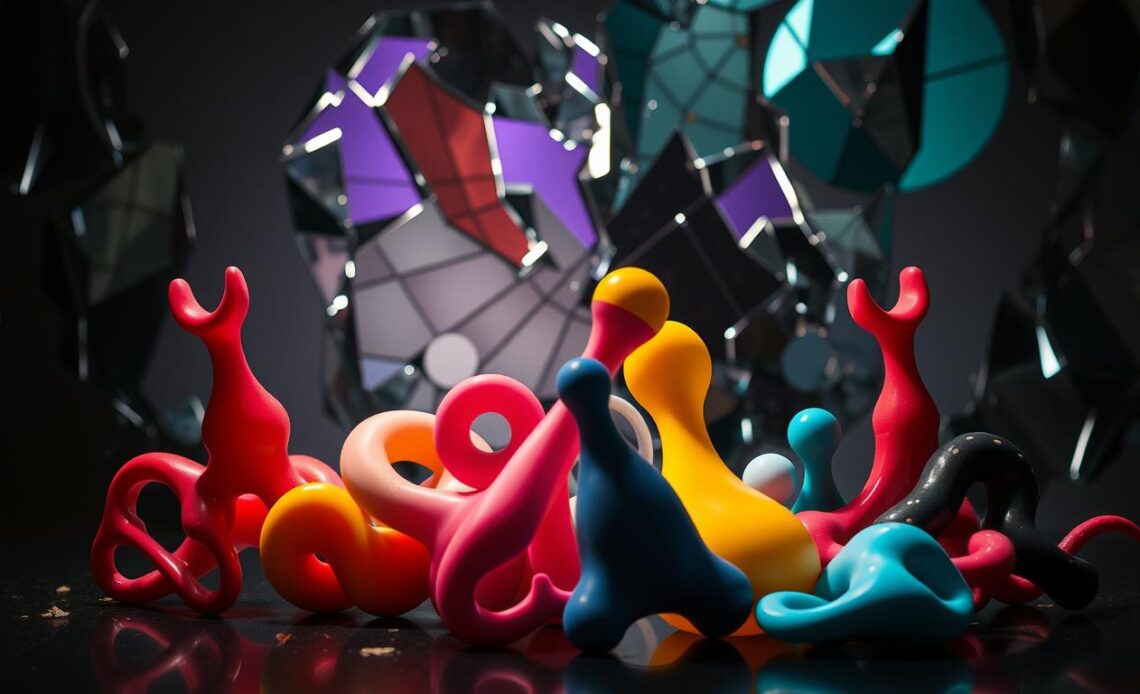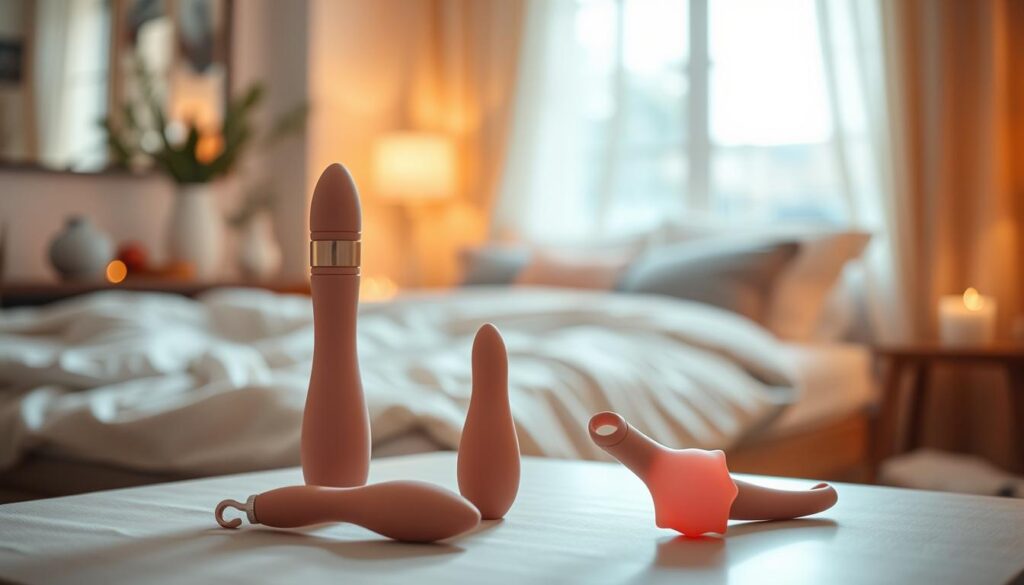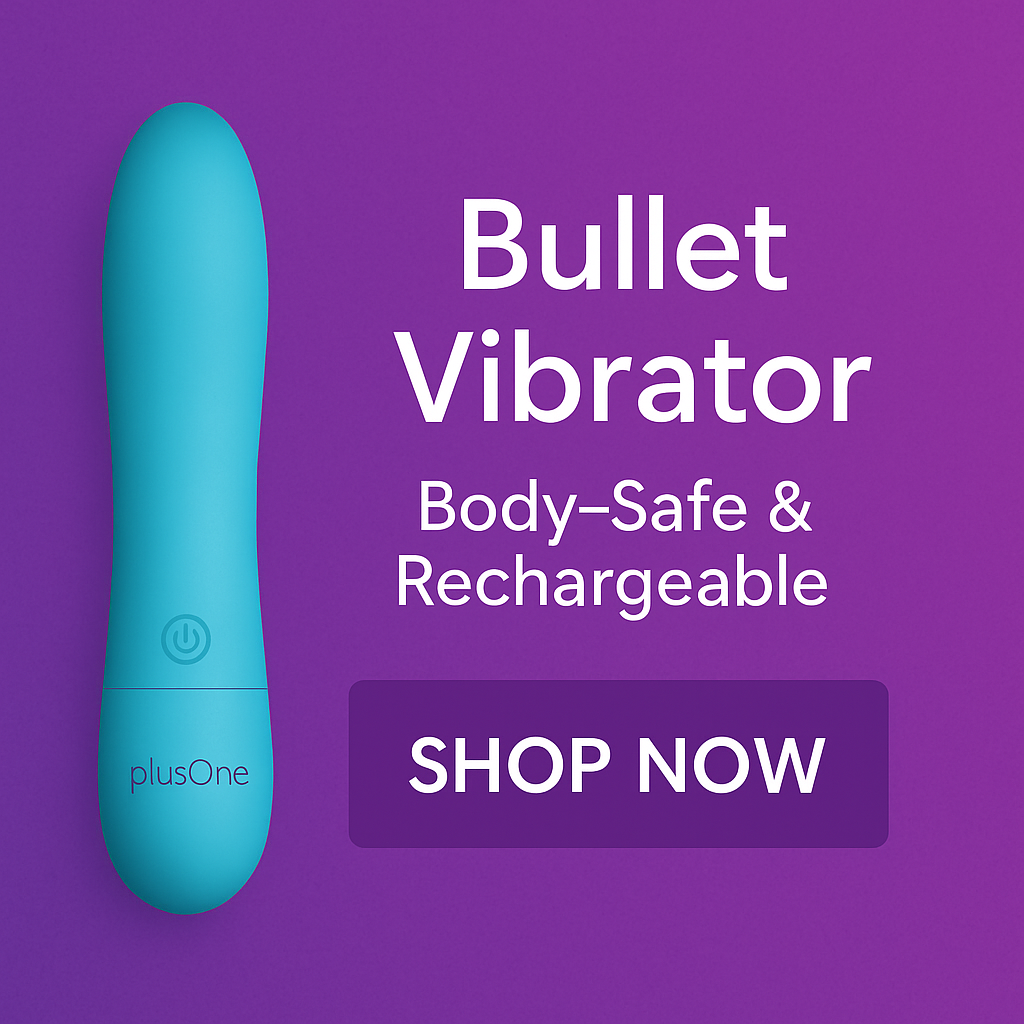
Let’s talk about the common beliefs surrounding intimacy products that simply don’t hold up. Many assume these items are only for people struggling in their relationships, but research tells a different story. Over 50% of adults in the U.S. have tried at least one such device, according to recent surveys. They’re not just tools—they’re gateways to exploring pleasure and connection.
Our goal here is simple: separate fiction from reality. For example, the idea that vibrators are “just for solo use” crumbles when studies show couples often incorporate them to spice things up. We’ve combed through data from trusted sources like the Journal of Sexual Medicine to bring you facts that matter.
Think of these products as enhancers, not replacements. Whether you’re curious or already a fan, understanding the truth helps you make confident choices. This blog isn’t about pushing trends—it’s about sharing what real people experience and what science confirms.
Key Takeaways
- Over half of U.S. adults have used intimacy products at least once.
- Couples frequently incorporate devices like vibrators into shared experiences.
- Misconceptions often stem from outdated stereotypes, not modern data.
- Research shows these tools can strengthen relationships when used thoughtfully.
- Education helps users navigate options safely and effectively.
Introduction to the World of Adult Pleasure
Curiosity drives discovery in the realm of personal exploration. For decades, devices designed for intimate enjoyment have evolved from hidden indulgences to celebrated tools for connection. Today, they’re embraced by people of all backgrounds—students, parents, and professionals alike—to enrich their lives and relationships.

Why Understanding Enhances Connection
Knowledge empowers better choices. When we learn how these products work, we unlock new ways to deepen bonds with partners or ourselves. Studies reveal that 68% of users report improved communication in relationships after introducing shared play. Open conversations about preferences lead to more fulfilling experiences.
From Taboo to Mainstream: A Cultural Shift
Attitudes have shifted dramatically. What was once whispered about is now discussed openly in wellness circles. Consider these changes:
| Aspect | Past Perception | Current Reality |
|---|---|---|
| Accessibility | Limited availability | Widely sold in major retailers |
| Demographic Use | Primarily younger adults | 45% of users aged 40+ |
| Relationship Impact | Seen as divisive | 82% report strengthened bonds |
This evolution reflects growing acceptance of pleasure as part of holistic self-care. Women especially benefit—research shows 73% feel more confident exploring their needs through informed use. By normalizing these discussions, we create space for healthier, happier lives.
Debunking Sex Toy Myths
Time to clear the air on what’s fact versus fiction in intimate wellness. Despite growing acceptance, outdated stereotypes still shape many assumptions about pleasure devices. Let’s lean on science to set the record straight.
Myth vs. Fact: The Real Story Behind Popular Beliefs

One stubborn myth claims these tools are only for people without partners. Reality? Kinsey Institute data shows 64% of vibrator users are in committed relationships. Another falsehood—the idea of “addiction”—collapses under scrutiny. Dr. Laura Berman notes, “Responsible use enhances intimacy without creating dependency.”
We’ve seen claims that certain types are “better” than others. Truth is, preferences vary widely. Some enjoy discreet designs, while others prioritize customizable features. What matters is finding what works for you.
Data-Backed Truths on Usage and Perceptions
Modern surveys reveal surprising patterns. Over 40% of users over 50 own at least one device, shattering age stereotypes. Couples who explore common misunderstandings report 31% higher relationship satisfaction.
Here’s what research confirms:
- Vibrators rank as the most popular type, used by 52% of adults
- 78% say these tools help them understand their preferences better
- Only 6% report discomfort discussing use with partners
When we move past fiction, we see devices for what they truly are—versatile tools for exploration. Whether solo or shared, their value lies in empowering personal joy.
Exploring the Benefits Beyond the Myths
Beyond misconceptions lies a world of possibilities where intimacy tools become allies in connection. Research shows these devices aren’t just about solo adventures—they’re powerful catalysts for shared joy. Let’s explore how they elevate experiences while prioritizing well-being.
Enhancing Pleasure and Intimacy
When partners introduce these tools, magic happens. A 2023 study in the Journal of Sexual Health found 79% of couples reported deeper emotional bonds after experimenting with varied stimulation. Devices designed for clitoral or prostate focus can unlock new orgasm pathways, turning routine into revelation.
Think of them as collaborators, not competitors. One partner might enjoy gentle vibrations during foreplay, while another prefers targeted pressure. These ways of exploring create dialogue—and laughter—that strengthens relationships over time.
Safe, Responsible, and Enjoyable Practices
Safety transforms experimentation into confidence. Always choose body-safe materials like medical-grade silicone. Dr. Alicia Stanton notes, “Clean devices before and after sharing to protect delicate genitals.” Water-based lubes prevent irritation during extended play.
Start slow—15-minute sessions let you gauge comfort levels. Store items in breathable pouches to avoid bacterial growth. By prioritizing safety, you turn nervous first tries into trusted rituals.
Remember: these enhancers work best when paired with communication. Schedule time to discuss preferences openly. Whether rediscovering touch or reigniting sparks, thoughtful use builds bridges—not barriers—in modern love.
Integrating Sex Toys into Our Relationships and Daily Lives
Modern relationships thrive on creativity and shared exploration. These tools aren’t just for special occasions—they’re becoming part of everyday wellness routines. Imagine ending a stressful day with playful connection or starting weekends with curiosity. That’s the power of intentional integration.
Tools for Building Connection and Self-Discovery
Think of these items as collaborators, not competitors. Couples who introduce them often discover new layers of trust—like trying a dual-stimulation toy during couples’ massage nights. One partner might prefer gentle vibrations, while another enjoys targeted pressure. It’s about finding your shared rhythm.
Selection matters. A compact thing for travel? A luxurious kind for anniversary evenings? Our guides help navigate options without overwhelm. Remember: what works for your best friend might not suit your relationship dynamics. Personal tastes rule here.
Men benefit too—prostate massagers can deepen intimacy when introduced thoughtfully. A 2022 survey found 67% of couples felt more connected after regular use of shared items. Start small: try a bullet vibrator during foreplay or explore app-controlled toys for long-distance spark.
Ultimately, these enhancers work best when paired with open dialogue. Schedule check-ins to discuss what’s working. Whether reigniting passion or discovering fresh things together, intentional use transforms ordinary days into adventures.
Conclusion
Separating fact from fear transforms how we view personal joy. By focusing on evidence, we’ve seen how informed choices protect our body and enrich shared connections. Safe practices aren’t a job—they’re simple habits that let everyone explore confidently.
Concerns about addiction often stem from stigma, not science. Studies confirm that responsible use poses no health risks. When challenges arise, they’re usually about finding the right way to integrate tools—not the products themselves. For those feeling unsure, overcoming anxiety starts with open dialogue and trusted resources.
Choosing the best type for your needs can deepen satisfaction. Whether enhancing solo moments or partner play, these tools amplify joy when aligned with personal preferences. Research shows 83% of couples report stronger bonds after regular use—proof that shared exploration strengthens love.
Let’s end outdated assumptions. Embrace pleasure as part of holistic wellness. Your sex life deserves care, curiosity, and the freedom to thrive.

